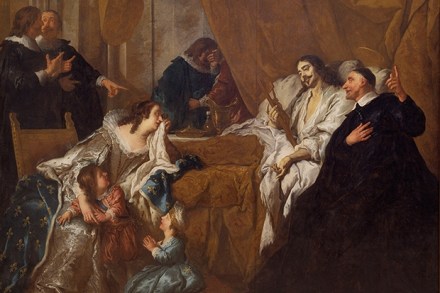I’m a Celebrity is like The Simpsons: good if you’re thick; even better if you’re not
The best bit in I’m A Celebrity… Get Me Out Of Here! (ITV) will be when the prisoners finally revolt and turn on their evil captors, Ant and Dec. The sparky Geordie comedy duo will be imprisoned in a semi-submerged, rat-infested cage like the one in The Deer Hunter, fed on a diet of liquidised kangaroo bottom and wombat testicle, and released only to participate in a series of amusing challenges, such as a recreation of the Lemmiwinks episode from South Park, involving two giant funnels, a bunch of inserted eucalyptus leaves and a pair of ravening koalas. Though it hasn’t happened yet I’m going to keep watching every night,


















